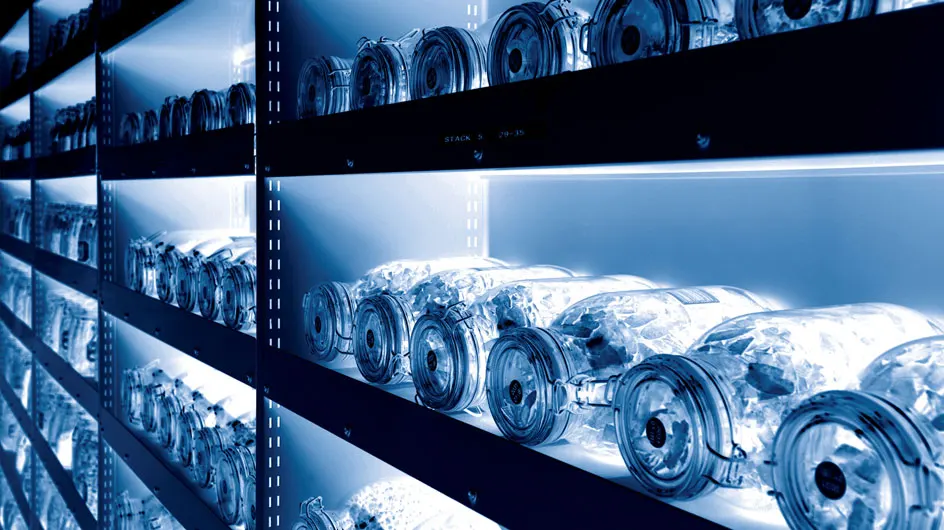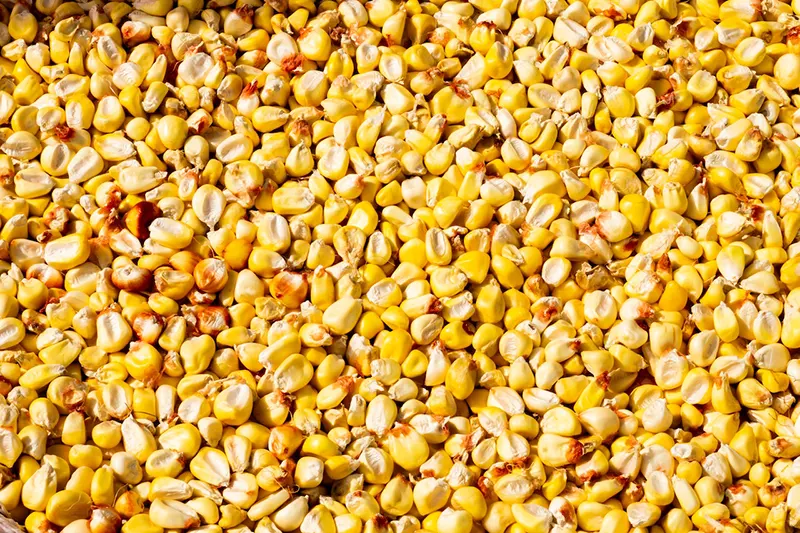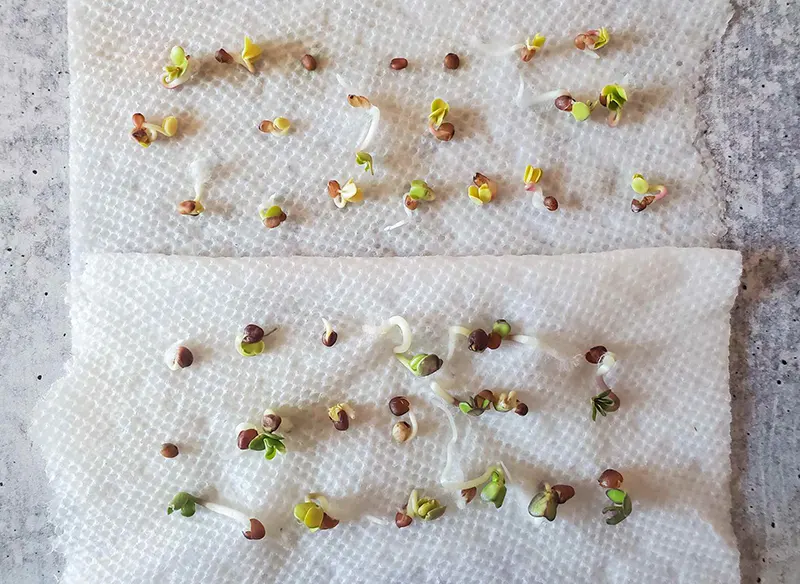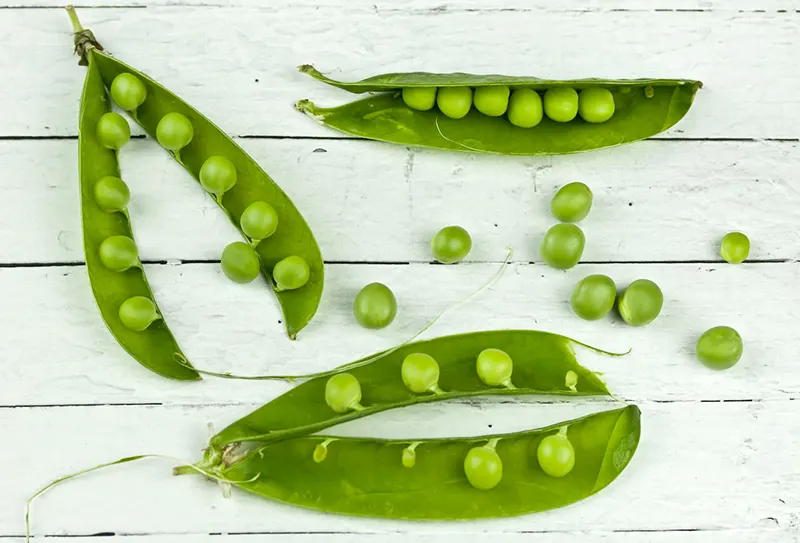As a prepper or survivalist, seeds are an essential item in your toolkit. They represent a renewable source of food and resources that can be used to sustain you and your family in times of crisis. But how long can you save seeds?
Seeds can be saved for different lengths of time depending on the type of seed and how it is stored. Some seeds can be saved for a few years, while others can last for decades or even centuries under ideal conditions.
In this article, we’ll explore the factors that affect seed longevity and provide best practices to follow whenever you need to store seeds.
Quick Navigation
- Factors That Affect How Long Seeds Last
- Seed Lifespan of Common Garden Vegetables
- Seed Lifespan of Other Plants
- Best Practices for Storing Seeds
- Can You Freeze Seeds?
- Are Seeds Still Good After 5 Years?
- How To Check for Seed Viability
- Which Seeds Cannot Be Stored?
- Conclusion
Factors That Affect How Long Seeds Last

Several factors can affect the lifespan of seeds, including the type of plant, harvesting conditions, and storage conditions. Let’s take a closer look at each of these factors.
Types of Plants and Seeds
The lifespan of seeds can vary depending on the type of plant and seed. Some common garden vegetables, like beans, corn, and peas, can be stored for up to five years.
Others, like onions and parsnips, have a shorter lifespan and may only remain viable for a year or two.
It’s important to research the specific plants and seeds you’re interested in saving to understand their expected lifespan.
Harvesting Conditions
The way in which seeds are harvested can also affect their longevity. For example, seeds that are harvested when they are fully mature and dry tend to have a longer lifespan than those that are harvested when they are still green and immature.
Storage Conditions
The storage conditions of seeds play a crucial role in their longevity. Seeds should be stored in a cool, dry place with low humidity and protected from light.
The ideal storage temperature for most seeds is between 32-41°F (0-5°C).
Higher temperatures can cause the seeds to deteriorate more quickly, while lower temperatures can cause them to freeze and become damaged.
Seed Lifespan of Common Garden Vegetables
Understanding how long seeds remain viable is important. Knowing how long seeds last can help you determine the duration you can keep them in your seed bank.
Let’s take a closer look at the expected lifespan of some common vegetable seeds:
Beans: 3-5 years
Corn: 3-5 years
Peas: 3-4 years
Tomatoes: 4-6 years
Cucumbers: 5-7 years
Carrots: 2-3 years
Lettuce: 3-6 years
Seed Lifespan of Other Plants
In addition to those vegetable seeds, other plants also have varying seed lifespans.
Herbs, for example, tend to have a shorter lifespan than most vegetables, with most seeds remaining viable for only 1–2 years.
Fruits and nuts, on the other hand, can have longer lifespans, with some seeds remaining viable for up to 10 years.
Best Practices for Storing Seeds

Storing seeds properly is key to ensuring that they remain viable for as long as possible. Here are some best practices for storing seeds:
Choose the Right Container
The container you choose for seed storage should be airtight and moisture-proof. Glass jars with tight-fitting lids or sealed plastic bags are good options.
Avoid using metal containers, which can corrode over time and contaminate the seeds.
Keep Seeds Dry
Moisture is one of the biggest enemies of seed longevity. Before storing seeds, make sure they are completely dry. This can be achieved by air-drying them for a few days or using a dehydrator.
Once dry, store seeds in an airtight container with a desiccant such as silica gel or a packet of dry rice to absorb any residual moisture.
Store in a Cool Location
Seeds should be stored in a cool, dry place with low humidity. The ideal storage temperature to keep seeds viable is between 32-41°F (0-5°C).
Higher temperatures can cause the seeds to deteriorate more quickly, while lower temperatures can cause them to freeze and become damaged.
A root cellar, basement, or refrigerator can be good options for seed storage.
Protect from Light
Exposure to light can cause seeds to lose viability. When storing seed, make sure to pick a dark location or use a container that blocks light.
If storing in clear glass jars, keep them in a dark location or wrap them in aluminum foil to block out light and keep the seeds cool.
Label and Date Containers
Make sure to label seed containers with the name of the plant, variety, and date of harvest. This will help you keep track of which seeds are which and when they were harvested.
Additionally, it’s a good idea to rotate your seed supply regularly, using older seeds first and replacing them with fresh seeds when necessary.
Check Seeds Regularly
It’s a good practice to check seeds periodically for signs of deterioration. If seeds appear moldy, have a musty odor, or are discolored, they may not be viable and should be discarded.
Germination tests can also be conducted to determine the viability of seeds.
Can You Freeze Seeds?

You can freeze most vegetable seeds to extend their storage life. Freezing seeds can be a great way to preserve them for longer periods, especially if you don’t have a cool, dry storage area.
However, not all seeds are suitable for freezing, so it’s important to research the specific seed type before attempting to freeze them.
Many types of seeds can be frozen to extend their storage life, including:
Vegetable seeds: beans, peas, corn, lettuce, tomatoes, peppers, and more.
Herb seeds: basil, oregano, thyme, and parsley.
Flower seeds: marigolds, zinnias, and sunflowers.
Tree and shrub seeds: maple, oak, and dogwood.
However, as mentioned earlier, not all old seeds can be frozen, and some may not survive the freezing process.
For example, seeds with high oil content, such as flax and sesame, can turn rancid when frozen. Additionally, some seeds may be damaged by the freezing and thawing process, which can affect their viability.
Are Seeds Still Good After 5 Years?
The viability of seeds after five years will depend on various factors such as the plant species, how the seeds were stored, and the initial quality of the seeds.
Some seeds can last for many years when stored properly, while others may lose their viability after just a year or two.
Generally, vegetable seeds from plants like lettuce, onion, and parsnip may lose their viability after one to two years.
Seeds from plants like beans, peas, and corn can remain viable for up to five years or more.

However, these are just general guidelines, and individual seed types can vary in their longevity.
To determine whether seeds are still viable after five years, you can perform a simple germination test.
Take a sample of the seeds and place them in a moist paper towel or soil. Keep them in a warm, dark location and monitor them for germination.
If a high percentage of seeds germinate, then they are still viable and can be planted. However, if only a few or none of the seeds germinate, then they may not be worth planting.
How To Check for Seed Viability
Knowing the viability of your own seeds is important to ensure that they will germinate and grow into healthy plants. Here are some methods to test seeds for viability:
Germination Test

The germination test is the most reliable method for determining seed viability. To perform this test, take some seeds and place them in a damp paper towel or a seed-starting mix.
Keep the towel or mix moist and in a warm, dark place for a few days to a week. Check the seeds regularly to see which ones have sprouted, and count the number of viable seeds.
The percentage of seeds that germinate can give an estimate of the overall seed viability.
Visual Inspection
Some vegetable seeds and flower seeds may show physical signs of age, damage, or decay that can indicate low viability.
Look for seeds that are discolored, shriveled, or have cracks or holes. Also, check the seed coat for signs of mold or fungus, which can prevent germination.
Water Test
The water test is a simple and quick method to test the viability of your leftover seeds.
Place the seeds in a container of water and allow them to soak for a few hours. Viable seeds will sink to the bottom, while non-viable seeds will float to the top.
Seedling Vigor Test
This test involves growing seedlings from a small sample of seeds and monitoring their growth and development over time.
The health and vigor of the seedlings can indicate the viability of the seeds.
Which Seeds Cannot Be Stored?
Many seeds can be stored for a period of time, but some seeds may have shorter shelf lives than others or may not be suitable for storage.
Here are some seeds that are generally not recommended for long-term storage:

Fresh Seeds: Seeds that are not fully matured or have just been harvested may not be suitable for long-term storage.
Fresh seeds may still be developing and may not have reached their full potential for germination.
Hybrid Seeds: Hybrid seeds, which are created by crossbreeding two different plant varieties, may not produce the same results in subsequent generations.
Therefore, it’s generally not recommended to save and store hybrid seeds.
Seeds from Fleshy Fruits: Seeds from fleshy fruits such as tomatoes, peppers, and cucumbers may not be suitable for storage, as they may contain enzymes that can break down the seeds over time.
Seeds from Biennial Plants: Some plants, such as carrots and onions, are biennial and produce seeds only in their second year of growth.
These seeds may not store well over long periods and may have a shorter shelf life than seeds from annual plants.
Treated Seeds: Seeds that have been treated with fungicides or other chemicals may not be suitable for long-term storage, as the chemicals can break down the seeds over time.
Conclusion
Understanding the expected lifespan of seeds and how to properly store them is crucial for prepping and survival.
By following the best practices for seed storage and being aware of the lifespan of specific plants and seeds, you can ensure that you have a reliable source of food and resources for years to come. You can also consider starting a survival garden.
